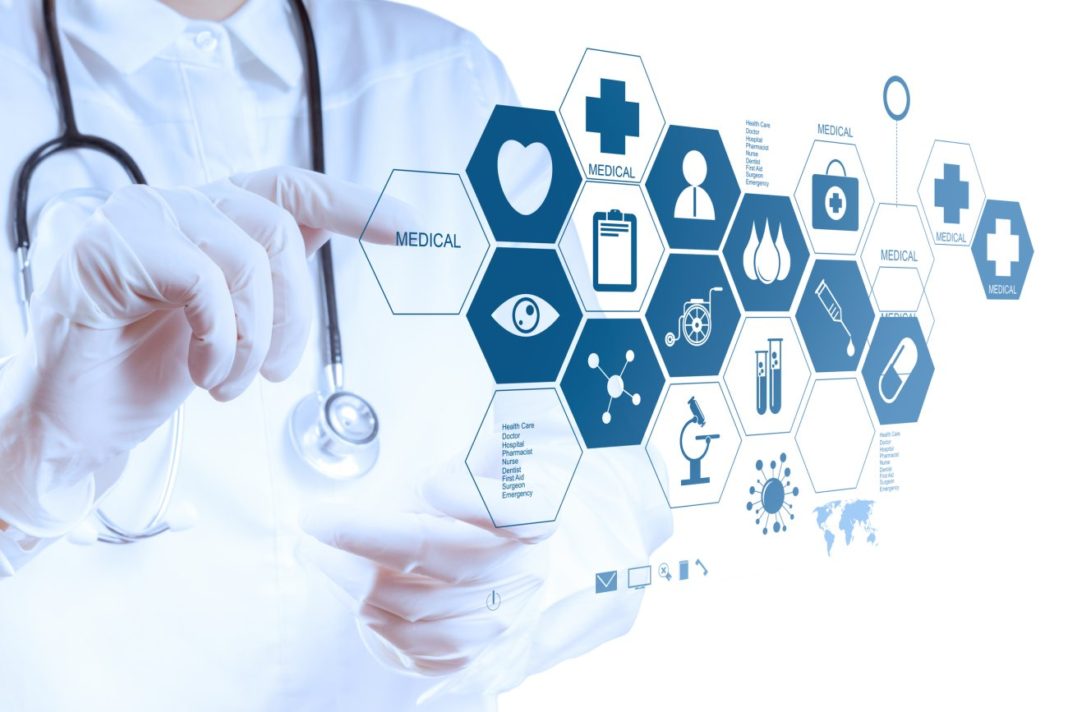Big data is used by various industries across the globe from retail to aeronautics but is still relatively slow at progressing even though there is an abundance of data available. Some of the reasons for this are down to adoption laws that protect patient information and a lack of technical talent to make it work. But, one company that has managed to move forward with big data is Geisinger.
In 2015, Geisinger Health System took the decision to integrate big data into our existing data analytics through an IT system called a Unified Data Architecture (UDA). This allows patient outcomes to be tracked and analyzed along with their genomic sequences and added to the network for various other healthcare professionals to make use of. The Geisinger UDA is the largest of its kind with literally thousands of CPUs at work delivering several hundred terabytes of data each and every hour.
Since 1996 clinicians have been adding patient data to the Geisinger Electronic Health Record (EHR) and using is as a support tool, and using data as needed. Extracting data from an EHR has never been a simple task, and some of the old systems just can’t accommodate new types of data. This is why many hospitals are left with a patchwork of data that is of no real use to anyone.
But, with the integration of data taken from selected sources, including Health Information Exchanges, this could potentially fill in all the gaps and provide a much better healthcare system for all. And although it’s still early days, the Geisinger team have already experienced several successes. All clinical will notes and diagnostic imaging reports now being scanned directly onto the system, clinicians have easy access to a wealth of information that may just save someone’s life.
The UDA has been used successfully to detect at least two recorded cases of sepsis so far. Without the early detection of the condition, it could have been fatal. But, that’s not the only use for the UDA. It’s designed to act as a portal of real-time data including blood pressure measurements and information on when antibiotics are prescribed. Statistics suggest that those that use this tool are more than twice as likely to stick to the correct procedures and in turn reduce the chance of any mistakes occurring.
More News To Read
- There’s an Electricity Revolution and It’s Happening Right Now
- Machine Learning Software Allows More Accurate Diagnosis’ for Heart Failure Patients
- Paralyzed Man Walks Again Thanks to Bionic Suit
- Internet of Things and Artificial Intelligence Go Hand in Hand and Here’s Why
- DNA Can Now Be Analyzed Using This Simple App











